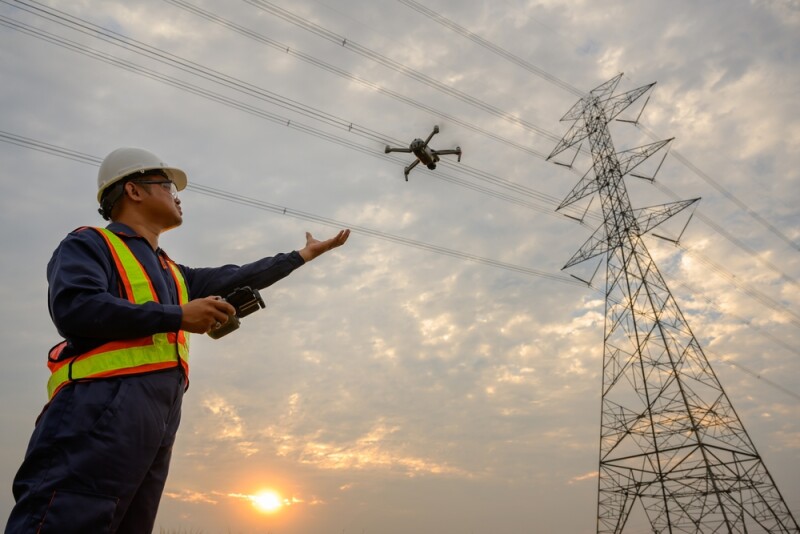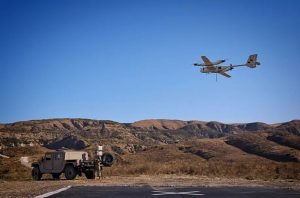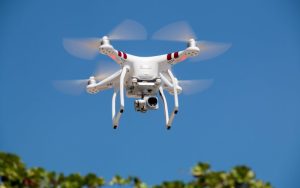Challenges in AI Training for Electric Grid Inspections: Forging the Future of Power Line Safety with AI, Drones, and Human Insight
Power grids serve as the backbone of modern society, channeling electricity to homes, cities, and industries with quiet efficiency. Yet, beneath this silent service lies a sprawling and often aging infrastructure composed of poles, wires, and insulators. Maintaining the integrity of this grid is a Herculean task, which is where AI and drone technology come into play. However, designing AI models adept at inspecting electric grids is no simple feat—it involves a tricky balance of technology, challenges, and opportunities.
The Role of AI in Grid Inspections: A Look Ahead
Conventionally, grid inspections have required engineers and technicians on-site, a process that’s invasive, costly, and sometimes risky. The aspiration is for AI to analyze imagery and sensor data from drones to detect faults—ranging from snapped wires to vegetation overgrowth—more effectively than human capabilities.
However, teaching AI to recognize these problems in disorderly real-world circumstances is not straightforward.
The Core Challenges of Grid AI: Beyond Simple Recognition
Industry leaders like Julian Crespi at Ecodrones caution against the assumption that drones or AI alone can quickly solve grid challenges. Businesses quickly confront the difficulties inherent in deploying these technologies effectively:
1. Complexity of Faults
- A multitude of distinct types of faults can occur, each with varying indicators and severities.
- Experience is required to assess these faults, and AI must reach a similar level, interpreting images and sensor data.
2. Diverse Sensors and Fragmented Data
- Grids are inspected using diverse equipment like cameras and thermal imagers.
- These technologies glean different insights, complicating AI training with inconsistent data.
3. Imbalance in Fault Data
- Most grid imagery depicts healthy infrastructure, making fault data rare.
- This imbalance can lead to AI missing critical faults.
4. Variability Across Environments
- Weather and other conditions affect AI accuracy.
- Models need regional adaptation and constant refinement to operate effectively in diverse locales.
5. Data Privacy and Security
- Access to necessary datasets is often restricted, affecting model training comprehensiveness.
- Compliance with privacy and security regulations is essential.
6. Transparency Challenges
- The opaque nature of AI decision-making demands transparency to gain trust and reliability.
7. Integrating AI and Workflows
- The influx of drone data presents a challenge in effectively integrating into existing systems.
Leading Solutions and Strategies
Learning from field experiences, various strategies have emerged to overcome these hurdles:
Human-in-the-Loop Approach
- AI supports experts by identifying routine anomalies, freeing engineers to focus on complex evaluations.
Selective Fault Detection
- Automation of common fault detections yields better returns by optimizing focus and resources.
Collaboration and Open Data
- Projects sharing anonymized data can expedite industry progress without reinventing methodologies.
Risk Management Frameworks
- Frameworks like CARE and OPEN guide organizations on preparedness against AI-related failures.
Continuous Learning and Feedback
- Adapting AI continuously to new challenges and environments ensures long-term effectiveness.
Real-World Impact and Lessons
Case studies highlight real-world applications, such as:
- Hydro-Québec’s integration of AI reduced outages through efficient anomaly detection.
- Ecodrones streamlined inspection workflows, enhancing efficiency and compliance.
- Capgemini demonstrated enhanced defect detection with deep learning, reducing the time for technology adoption.
Best Practices for Utilities and Leaders
To successfully implement AI in grid management, consider the following tips:
- Begin with a clear business case linked to visible improvements.
- Strategically prioritize significant fault categories first.
- Leverage human expertise to boost model accuracy.
- Engage in responsible data-sharing practices for better model building.
- Ensure AI decision processes are explicable and documented.
- Retain contingency plans for non-AI-based decision-making.
- Foster adaptability and continual learning to keep pace with grid changes.
The Human Element: Collaboration and Dedication
The challenge of grid inspection doesn’t seem as alluring as typical tech industries, yet the collaborative efforts of engineers, data scientists, and drone operators ensure the continuity of power and safety. The human component is pivotal, with shared enthusiasm and expertise driving success across disciplines.
Future Horizons & Innovations
Highlights of emerging trends include edge AI, synthetic data, multi-sensor fusion, AI-driven compliance solutions, and open platforms to drive innovation further.
Final Thoughts: The Journey Forward
While the path to refining AI for grid inspections is complex, the potential benefits are profound. These tools offer new ways to prevent disasters and enhance energy efficiency. Just as our electrical infrastructure demands forward-thinking solutions, so too must we invite agility and collaboration in these advanced technological domains.













